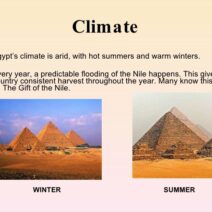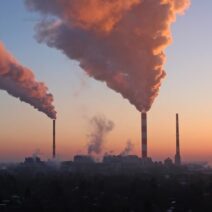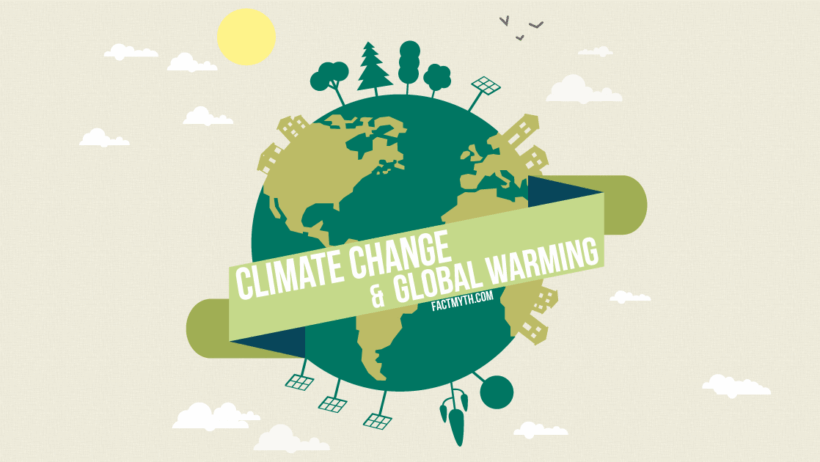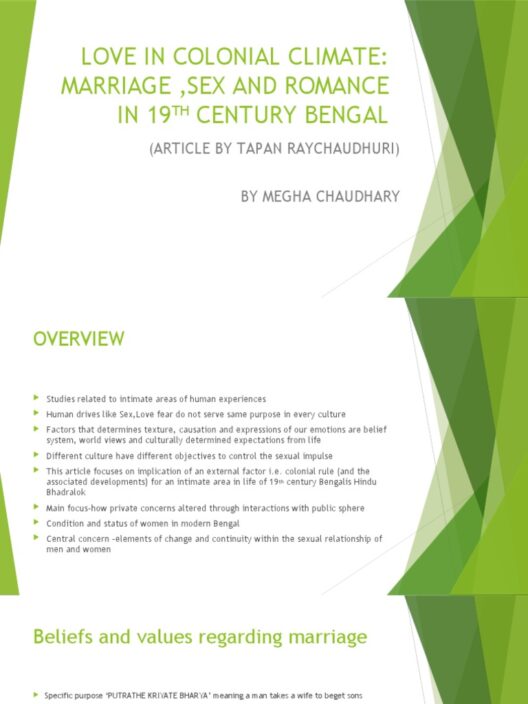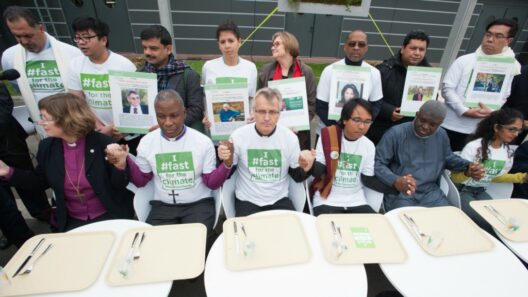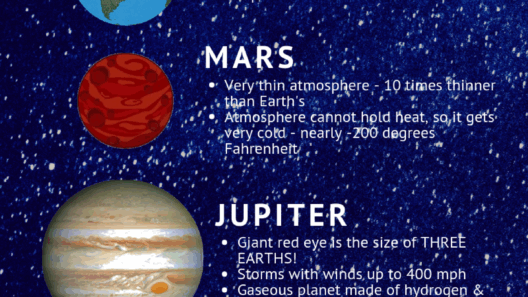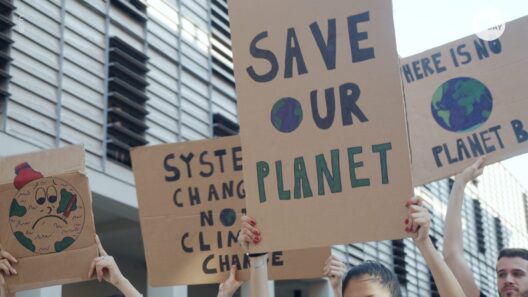In contemporary discourse surrounding environmental issues, a common conflation arises between the terms “climate change” and “global warming.” While often used interchangeably in casual discussions, these phrases articulate distinct phenomena that merit nuanced understanding.
To comprehend the divergence, we must first delineate their definitions. Global warming refers specifically to the increase in Earth’s average surface temperature due to the accumulation of greenhouse gases in the atmosphere. This warming is predominantly attributed to human activities such as burning fossil fuels, deforestation, and industrial processes, which release massive quantities of carbon dioxide (CO2) and other greenhouse gases.
In contrast, climate change encompasses a broader spectrum of alterations in climatic patterns, including shifts in temperature, precipitation, wind patterns, and other atmospheric conditions that evolve over extended periods. While global warming contributes significantly to climate change through rising temperatures, climate change itself includes various factors, such as natural variations in climate systems, volcanic eruptions, and solar radiation fluctuations.
The interplay between global warming and climate change illustrates a complex relationship. The term “climate change” recognizes the myriad forces affecting the Earth’s climate system. Imagine climate as a multifaceted tapestry woven from numerous threads: the intricate fabric representing daily weather phenomena, and the broader, overarching patterns indicative of long-term climate shifts. In this sense, global warming can be viewed as a key thread—the one that is currently becoming increasingly pronounced and causing disruption to the entire tapestry.
Furthermore, it is vital to consider how these phenomena affect ecosystems and human societies. As global temperatures rise, we witness a cascade of consequences: melting ice caps, rising sea levels, and more frequent extreme weather events. These changes disrupt existing ecosystems, endanger species, and challenge agricultural practices, threatening food security. The implications extend into human health, as warmer conditions can exacerbate the spread of diseases, straining public health systems worldwide.
One noteworthy distinction lies in the temporal scale of these terms. Global warming speaks to a relatively short-term trend, primarily observable since the late 19th century, whereas climate change encompasses both contemporary alterations and historical climatological shifts spanning millennia. Scientists analyze paleoclimate data obtained from tree rings, ice cores, and sediment layers to understand how Earth’s climate has fluctuated over extensive periods, revealing natural cycles that differ from the anthropogenic contributions observed today.
The dialogue surrounding climate change and global warming often reveals an underlying tension between scientific consensus and public perception. Despite overwhelming evidence presented by climatologists, misconceptions persist. Some individuals erroneously believe that because climate has changed in the past, contemporary changes are merely part of a natural cycle. Such beliefs undermine the urgency of addressing human-driven factors that disproportionately accelerate climate change.
One means of elucidating this distinction involves engaging with the predictive models employed by scientists to forecast future scenarios. Climate models simulate past, present, and potential future climates based on variables such as greenhouse gas emissions and land-use changes. The models strongly demonstrate that, absent intervention, global temperatures will continue to rise, leading to severe ramifications including more intense heatwaves, shifting precipitation patterns, and an increase in the frequency of extreme weather events.
Additionally, there is an ethical dimension intertwined with the discourse on climate change. The burdens of climate change disproportionately affect marginalized communities, often referred to as climate injustice. Vulnerable populations may lack the adaptive capacity to cope with changing conditions, exacerbating inequalities. This disparity invites moral reflection on our responsibilities to future generations and the biosphere at large.
Communication strategies play a crucial role in bridging the knowledge gap. Clarity in terminology can significantly enhance public awareness and engagement. The distinction between climate change and global warming should be presented unambiguously. Educators, organizations, and policymakers must undertake the responsibility to equip the populace with accurate information, ensuring a comprehensive understanding of the threats posed by each phenomenon.
Additionally, fostering a sense of individual agency and collective action is paramount. Recognizing that even small changes in behavior—such as reducing energy consumption, advocating for policy changes, or supporting sustainable practices—can contribute to addressing both climate change and its root cause, global warming. Sustainable innovations, from renewable energy technologies to sustainable agriculture and resilient infrastructure, provide pathways to mitigate adverse effects and promote adaptation.
Ultimately, addressing the confusion between climate change and global warming is foundational to fostering a more informed and proactive society. Comprehensive understanding invites rigorous discourse, better policy formulation, and an enhanced commitment to both preserving our planet and ensuring equitable outcomes for all its inhabitants. By delineating these terms and addressing their interplay, we equip ourselves with the knowledge necessary to confront the most pressing environmental challenges of our time.
Therefore, moving forward, it is imperative to bolster our understanding of climate dynamics, promoting awareness that cultivates informed action. With clear communication, education, and commitment to sustainability, society can collectively respond to the pressing issues of climate change and global warming, steering our world towards a more sustainable and resilient future.

